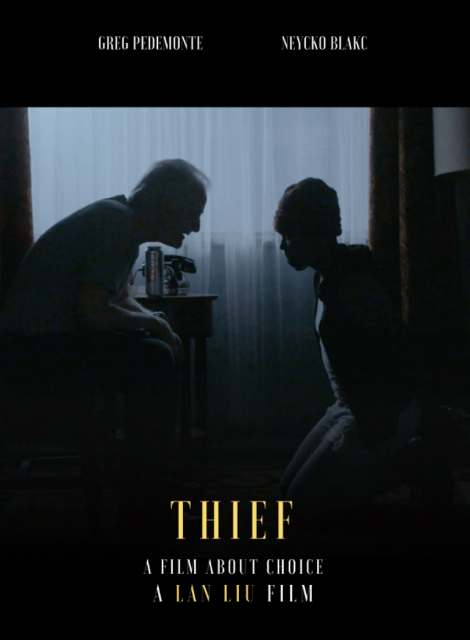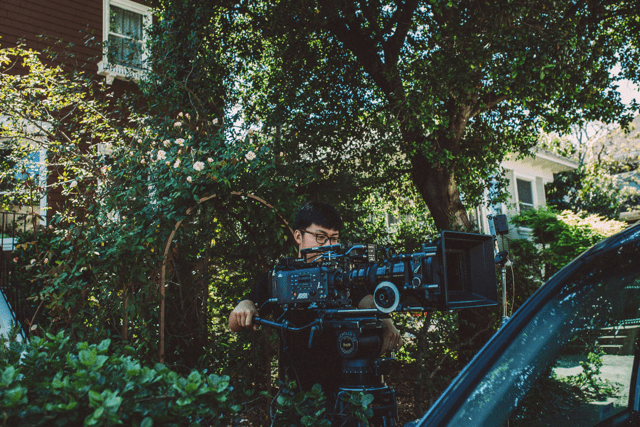
A prestidigitator, more commonly known as a magician, makes things appear a certain way in order to surprise and delight an audience. It’s trickery but in a benevolent manner; one meant to bring a sense of wonderment to those who watch. In a number of ways, Mufeng Han can be similarly described. The title Director of Photography or cinematographer is the moniker by which the industry refers to him but there is most definitely something magical about the way he manifests a look for films like Thief.
The film itself is about uncertainty when tables are turned. Mufeng communicates a world and events that cause us to question what we might be cable of in a similar scenario. Great storytelling is always about placing the audience inside the tale and prompting them to ponder what the characters have in common with themselves. In this regard, Han is a master in his contributions to Thief.

Director Lan Liu wanted the story in the film to encapsulate the complexity that is humanity. Even more so, he wanted the most profound statement to be that of the importance our personal decisions have on the lives of others around us. The story is most certainly dark but not without glimmers of hope. In the story, a young thief breaks into a house. When the elderly occupant returns home sooner than expected, the criminal finds himself on his knees and on the dangerous receiving end of a gun. A heart attack on the part of the old man presents an opportunity for escape or redemption; which will the burglar choose?
Han felt strongly that the visual tone of the film should be personal. The slow dolly shots which advance on the old man’s face as he holds the young man at gun point, brings the viewer into his escalating anger and sense of violation. This intimate vantage is further utilized by the close ups on both men’s faces as the elderly man is in the throes of the heart attack and we experience the panic and fear both share during this moment. Mufeng also designed his lighting to drive home one of the story’s most important aspects.
He relates, “When I read the script, I felt in the end of the story that these two characters both received redemption from deep within their souls. Based on this idea, I designed the moonlight to be white and bright, like a holy light. I set the moon as the only light source to fill the frame. It would appear as if everything under the holy light had a connection with heaven. I also used a lot of Contre-jour shots for this film. For this lighting effect, I put two characters in the dark foreground and set bright moonlight as the background; this obscured the old man’s face and simultaneously projected a sense of judgmental justice on the thief.
From the Kung Foo Cowboy Good Friend from the West to the Science Fiction Patrick (with wins at the New York Film Awards, IndieFEST, Los Angeles Film Awards, and others) to Doritos commercial campaigns, Mufeng Han embraces telling the depth of each different story. It’s this characteristic which continually attracts directors to his approach. Known for diving in deep, cinematographers such as Mufeng are often a director’s best asset.
Writer: Cecil McCoy